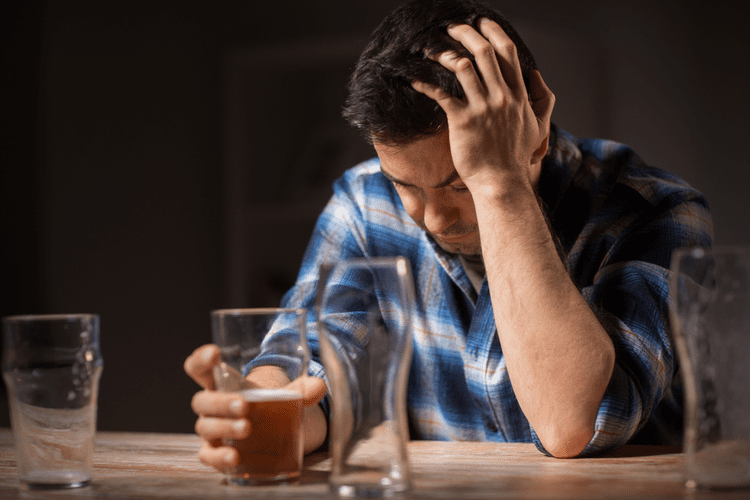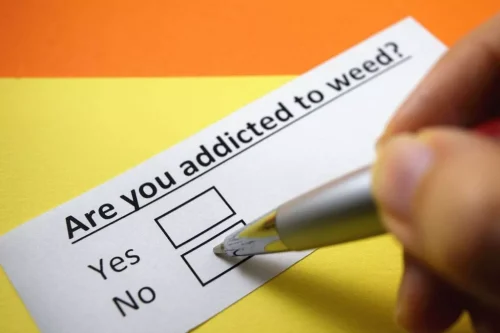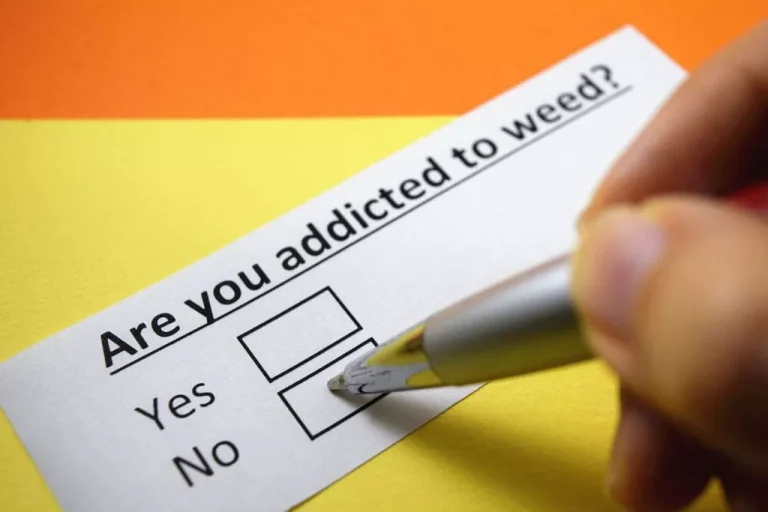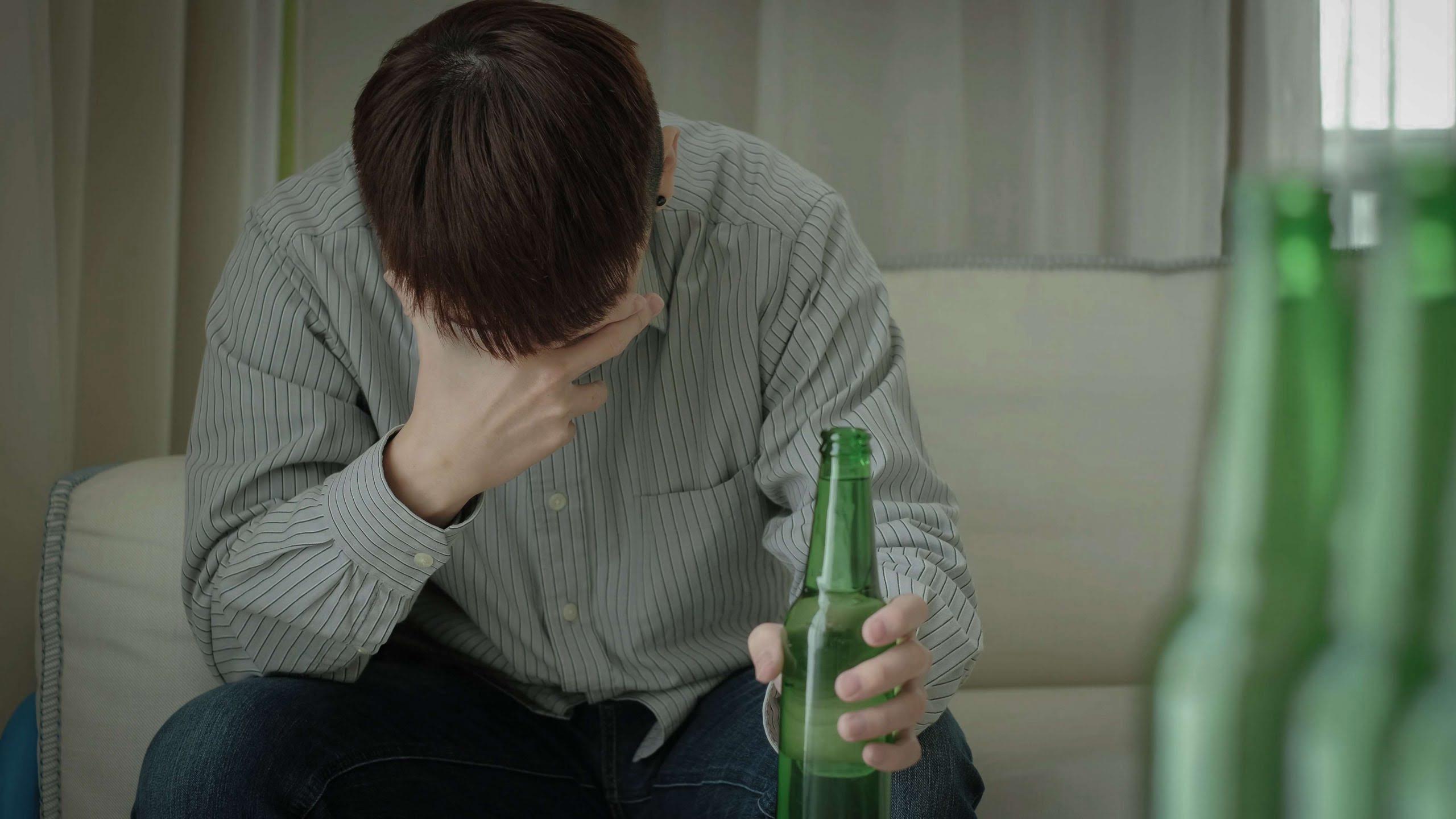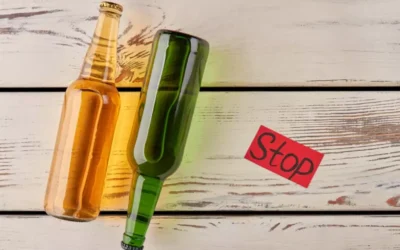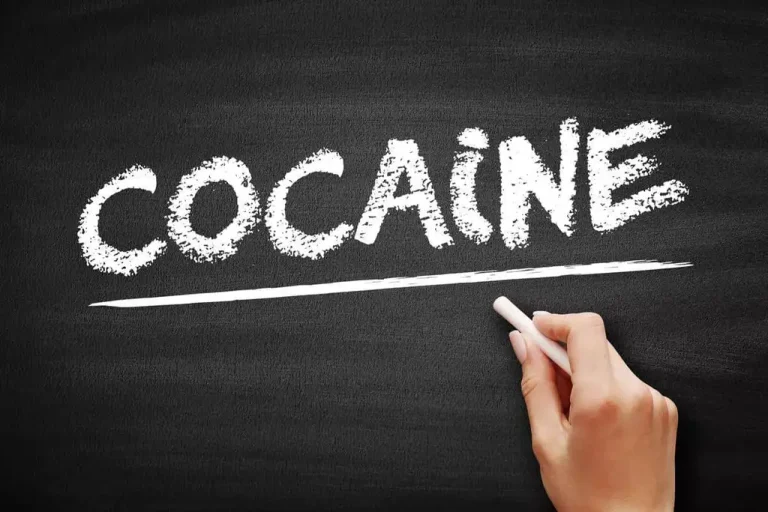
This can be a significant challenge in the first month, but with time, your brain will restore your natural moderation system and your anxiety will lessen. To learn more about the relationship between alcohol and anxiety, read why you feel anxious when you quit drinking. Alcohol-related dementia is a broad term and can describe multiple conditions related to alcohol use that affects the brain. In most cases, determining the life expectancy of someone with alcohol-related dementia is also complicated by a history of heavy alcohol use, causing other alcohol-related problems that also shorten life expectancy. Lasting sobriety often requires professional help, especially if late-stage alcoholism is present.
Alcohol tied to cancer and cardiovascular deaths in old age – study
End-stage alcoholism can lead to long-term health issues, damage to internal organs, and brain damage. Many people use alcohol to self-medicate mental health issues like anxiety and depression. They may struggle with a mood or personality disorder or even attempt to cope with trauma by turning to alcohol. Heavy drinking can lead to alcohol use disorder, which can worsen mental health issues. One study found that individuals who drank more than 350 grams per week had lower life expectancies by four to five years at age 40 compared to those who drank less than 100 grams per week.
The Experience Blog

Plus, self-care routines can help incorporate time for self-compassion, mindfulness, and rest into your journey. If you’re feeling discouraged in the first 30 days because you haven’t yet experienced the benefits of life without or with less alcohol, we understand. It can be frustrating, but it’s an incredibly common and necessary chapter in this journey towards alcohol recovery. You can and will get through it, and some relief is right around the corner.
- In a separate research study, it was found that those individuals who reported drinking excessive amounts had shorter life expectancies at age 40 of approximately 4 to 5 years.
- Appreciate medication adjustment services and individualized treatment tailored to your needs.
- If your condition progresses, talk with your healthcare provider about the possibility of a liver transplant.
- Because this stage does not involve physical dependence, rehabilitation may not be necessary.
Long-Term Health Risks
Though it is not irreversible, it is tough to treat and has a high mortality rate. Alcoholics develop a severe physical dependency on the drug and psychological dependence, making them particularly hard to treat. This also comes with a host of symptoms unique to the alcoholic in the late stage of alcoholism. Quitting alcohol, losing weight, and adopting a healthy lifestyle are the best things you can do while living with cirrhosis of the liver.

‘Sunburning': The dangerous TikTok trend that may increase cancer risk

The person’s experience is positive, and they don’t perceive their use to be harmful. Chronic, long-term drinking can contribute to malnutrition by replacing foods needed for essential nutrients and by interfering with absorption, storage, or metabolism of the essential nutrients. This can also lead to anemia, when your red blood cell (RBC) count is lower than normal or there’s a problem with the hemoglobin protein inside those cells.
Chronic alcohol use raises your risk for health problems, including heart disease, liver disease, cancer, and mental health disorders. End-stage alcoholism is not technically a medical term, but it is used to describe an alcohol addiction that creates serious, likely terminal health effects. End-stage alcoholism recovered alcoholic life expectancy is also called late-stage alcoholism and affects those who have been addicted to alcohol for some time. The damaged liver can cause other complications in the body since it is a vital organ. The liver is responsible for over 500 tasks to ensure the body is functioning as healthy as possible.
- The reliable nationwide health care registers in Denmark, Finland and Sweden provide a unique opportunity to study mortality in people diagnosed with AUD.
- Early-stage alcoholism is the beginning of the person’s chronic alcohol use.
- Beginning in 2026, for example, Ireland will require that alcoholic drinks carry risk labels about cancer and liver disease.
- Alcohol is one of the leading causes of death in the United States, contributing to approximately 178,000 deaths annually.
- We know the ups and downs can be confusing, and may cause you to question who you really are without alcohol.
- While cirrhosis scars from excessive drinking are irreversible, quitting alcohol and leading a healthier lifestyle can help your liver heal from alcohol-related liver disease.
The life expectancy of heavy drinkers continually declines as we age. That’s because alcohol consumption can worsen existing health problems, harm physical and mental health and dangerously interact with medications. First, it’s important to understand the signs of both acute and post-acute withdrawal. Acute alcohol withdrawal can occur after an extended period of heavy binge drinking, and usually takes place within the first week of quitting alcohol. The acute alcohol withdrawal timeline and process looks different for everyone, and the symptoms can range from uncomfortable to potentially dangerous.
Chronic pancreatitis
However, a 2017 study found that even moderate amounts of alcohol consumption over many years lead to shrinkage of an area of the brain involved in the formation of new memory (the hippocampus). The scientists could not definitively conclude whether this change was due to a temporary shift in cellular fluid versus actual cell death. Over time, chronic viral hepatitis can lead to cirrhosis of the liver. Other conditions such as obesity, high cholesterol, and bile duct disease can also lead to cirrhosis. Most people in end-stage alcoholism will require a medically assisted detox to help manage severe and life-threatening withdrawal symptoms.
- Alcohol can also contribute to arrhythmias (irregular heartbeats) and hypertension (high blood pressure), increasing the risk of heart attack, stroke, and heart failure.
- Heavy drinking is a threatening practice which can easily transition into alcoholism or an AUD.
- In fact, recent research by The Recovery Village has found heavy drinking can increase your risk of cancer by 48% by itself.
- Instead, the Alcohol and Tobacco Tax and Trade Bureau — a section of the Department of the Treasury — is in charge of labels on alcohol.
- As time goes on, alcoholism progresses, affecting your health and well-being.
- Adopting a healthy lifestyle and losing weight are some of the other things you can do to slow progression of the disease and live a longer, healthier life.
Here’s advice from clinicians about how to get through this challenging period. There is some debate about whether alcohol use increases the risk of developing Alzheimer’s disease at all, or whether it increases the chance that it will occur at an earlier age than it usually would. While this matter has not been fully settled, most experts agree that heavy drinkers have a higher risk of developing Alzheimer’s disease. Behaviors can be unpredictable and uninhibited, and communication is difficult and could become impossible. During the middle stages of alcohol-related dementia, symptoms become more severe.
Alcoholism can lead to a wide range of health problems that can affect multiple organ systems in the body. Prolonged and excessive alcohol consumption can damage the liver, heart, brain, pancreas, and immune system. Research has consistently shown that individuals with alcohol use disorder have a reduced life expectancy compared to those without the condition. Alcoholism is recognized as a chronic disease by medical professionals and experts in the field. It is a progressive condition that can lead to severe physical, psychological, and social consequences.






